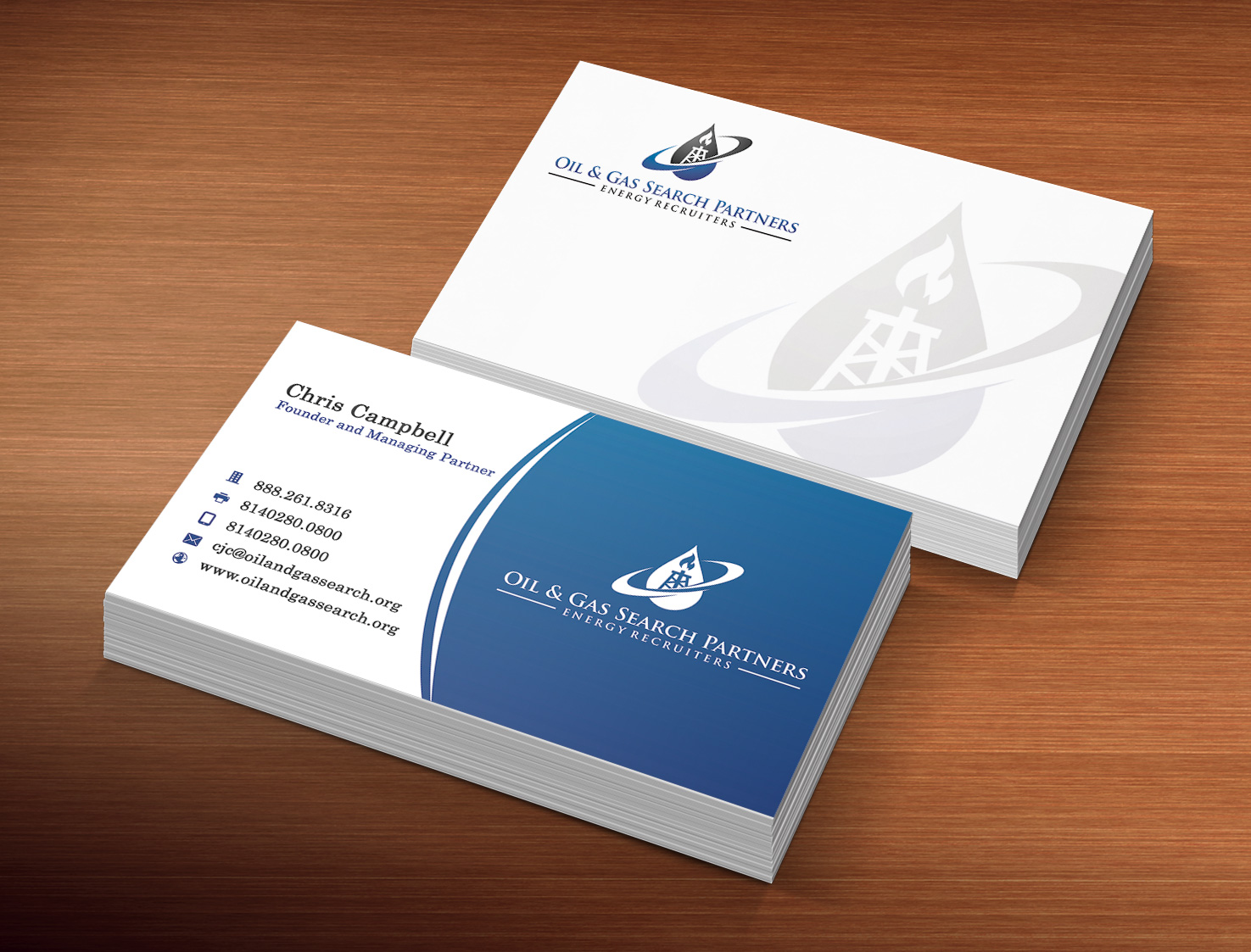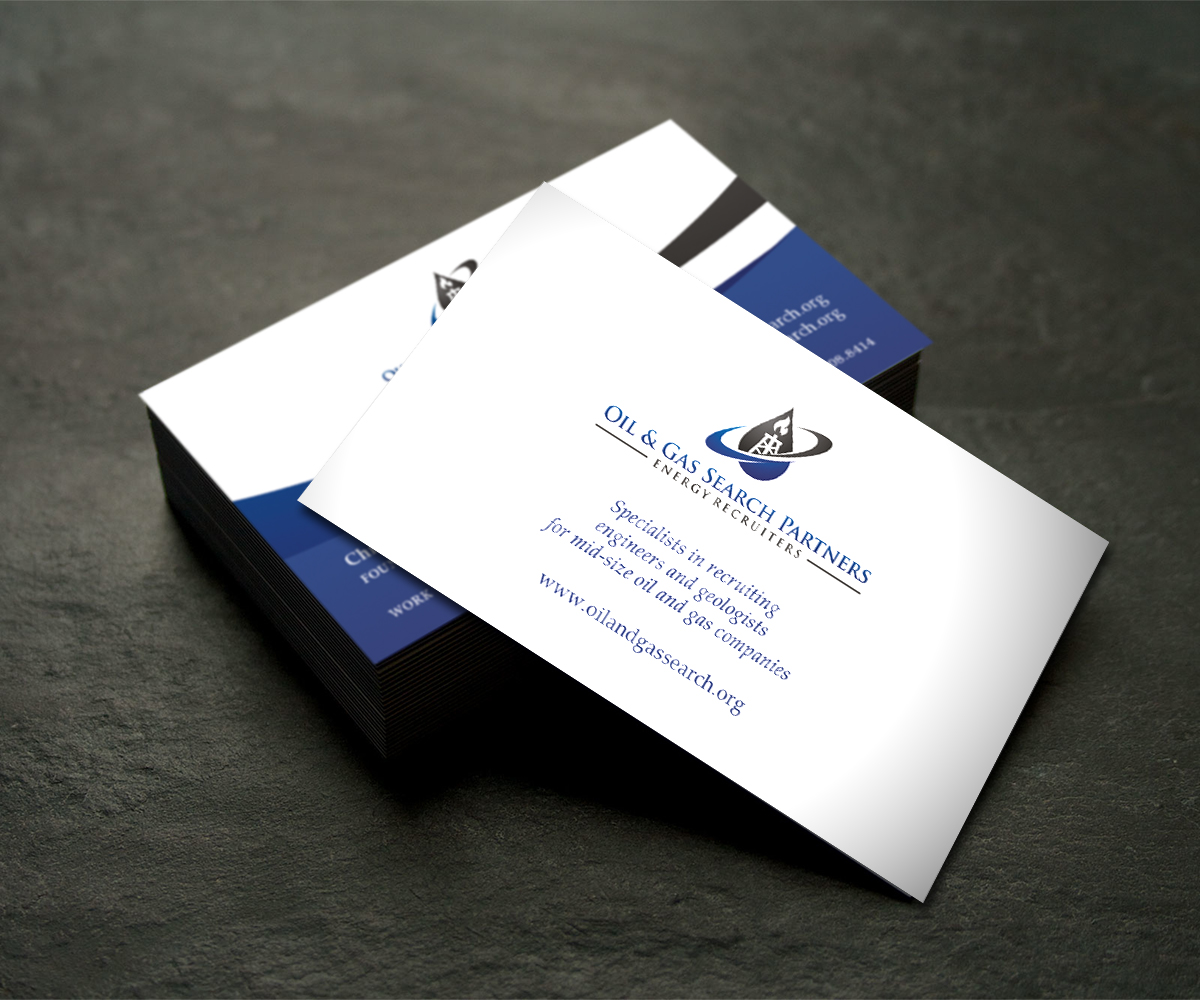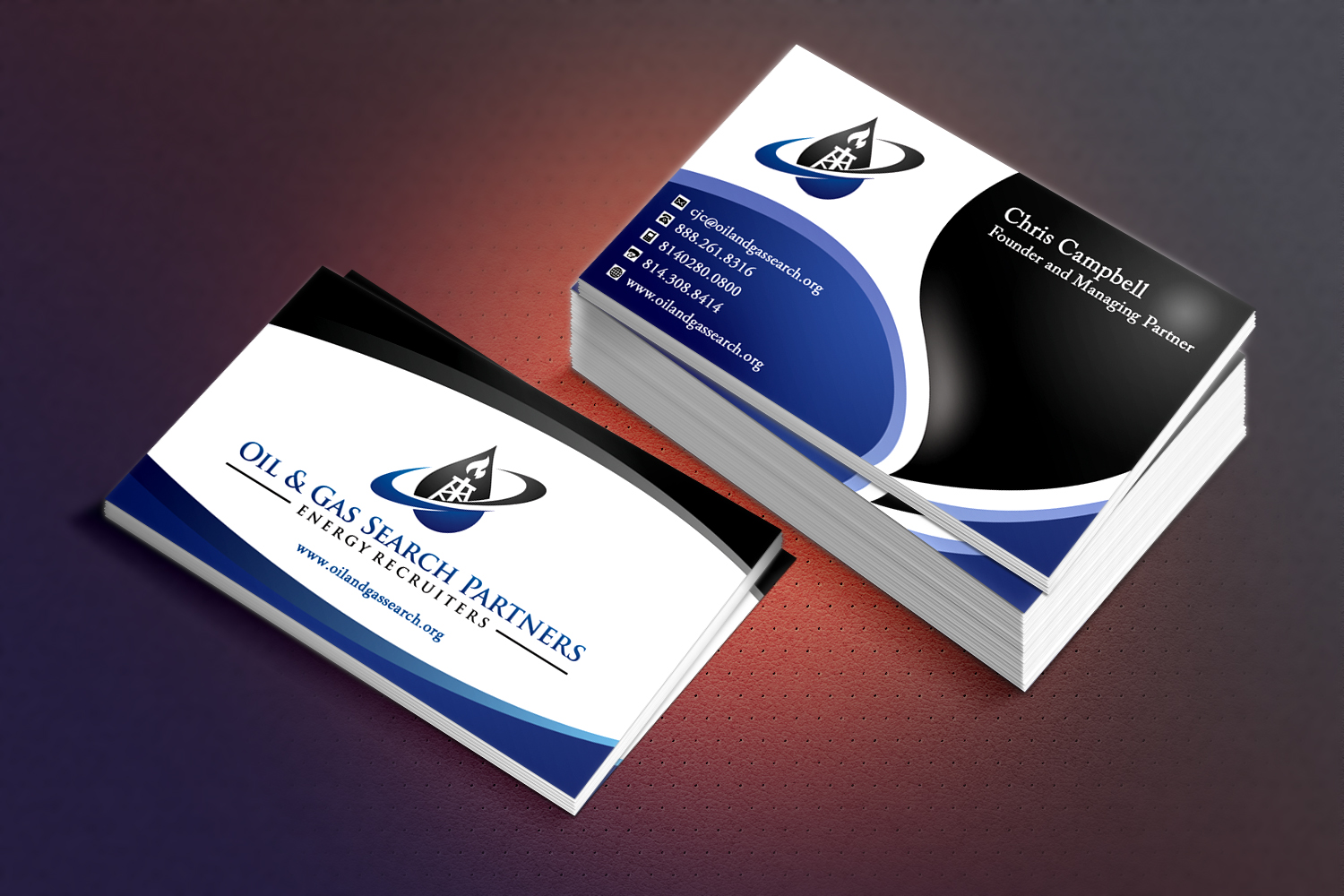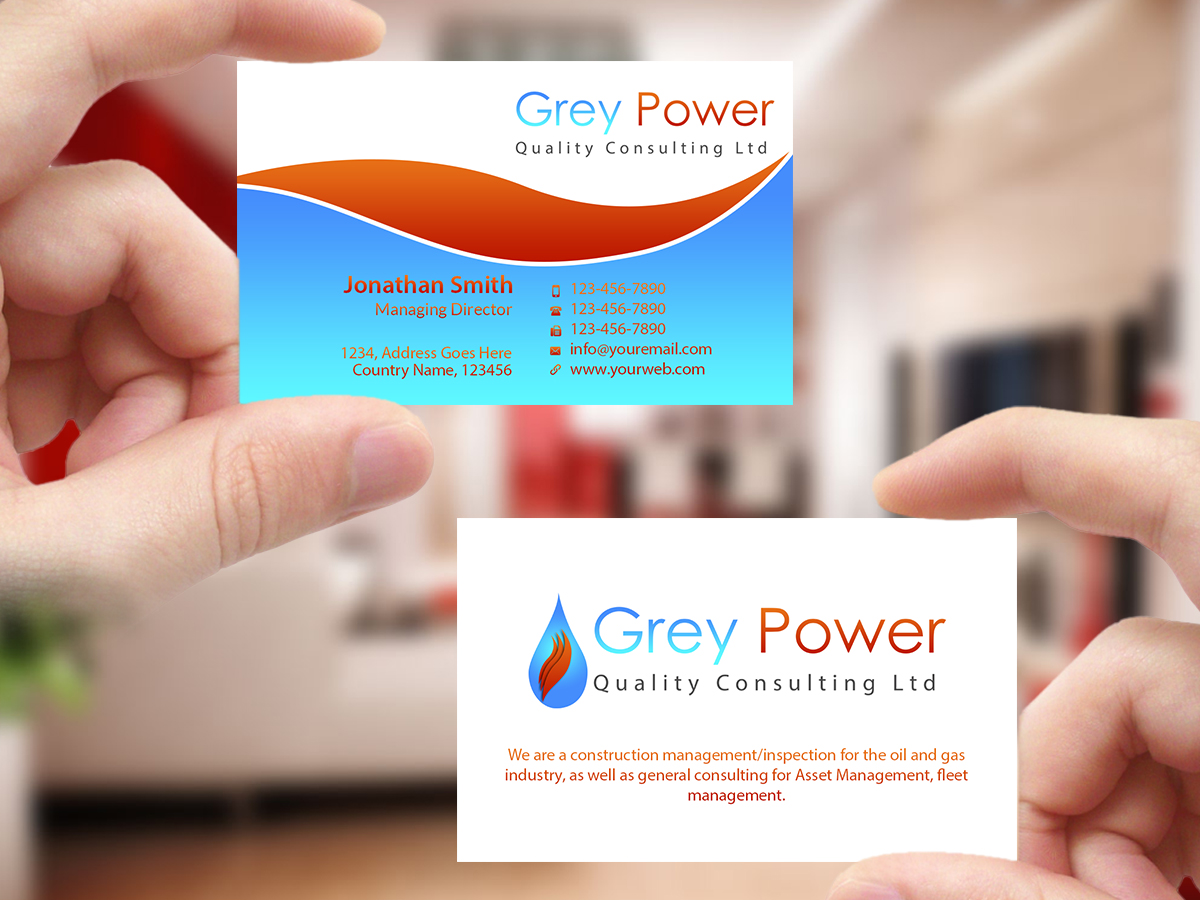
When it comes to the oil and gas industry, networking plays a crucial role in building connections and fostering business relationships. One highly effective tool for making a strong first impression in this industry is a well-designed business card. Oil and gas business cards not only provide contact information but also convey professionalism, credibility, and expertise. In this article, we will explore the importance of oil and gas business cards in the industry, discuss key design elements to consider, and provide tips on creating an impactful and memorable business card.
Importance of Oil and Gas Business Cards

In the competitive landscape of the oil and gas industry, establishing a strong professional network can significantly contribute to career growth and business success. When attending industry events, conferences, or meetings, having a well-designed business card can make a lasting impression on potential clients, employers, or partners.
Oil and gas business cards serve as a tangible representation of an individual’s or company’s brand and professionalism. They act as a physical reminder of a conversation or interaction, making it easier for contacts to recall your information and reach out when needed.
Key Design Elements for Oil and Gas Business Cards

Creating an effective oil and gas business card requires careful consideration of various design elements. By ensuring your business card has the right balance of professionalism, industry relevance, and unique branding, you can leave a positive, memorable impression on those you meet. Here are some key design elements to consider:
1. Layout and Typography
Choose a clean and well-structured layout that is both visually appealing and easy to read. Simple yet professional fonts, such as Arial or Helvetica, are often preferred in the oil and gas industry. Make sure the font size is legible, especially for older individuals who may have difficulty reading smaller text.
2. Company Logo and Branding
Incorporate your company logo and branding elements into your business card to reinforce your corporate identity. The logo should be prominently displayed, ideally in the upper portion of the card. Consistency in color scheme, font choice, and overall design will help strengthen your brand recognition.
3. Contact Information
Include essential contact information, such as your name, job title, company name, phone number, email address, and website. For an added touch, consider including your LinkedIn profile, which is a popular platform for professional networking within the oil and gas industry.
4. Industry-Specific Images or Icons
To further enhance the relevance of your oil and gas business card, consider incorporating industry-specific images or icons. This could include symbols commonly associated with the oil and gas industry, such as oil rigs, pipelines, or geolocation markers. However, ensure that the visual elements align with your overall design and do not overwhelm the card.
Tips for Creating Impactful Oil and Gas Business Cards

Now that you understand the importance of oil and gas business cards and the key design elements to consider, let’s explore some tips to help you create impactful and memorable cards:
1. Keep it Professional
Maintain a professional tone and appearance throughout the design process. Avoid using overly vibrant colors, flashy graphics, or complex designs that may distract from the core information on the card. Aim for a balance between professionalism and visual appeal to create a lasting impression.
2. Utilize High-Quality Materials
Investing in high-quality materials for your business cards can make a significant difference in their overall appearance and durability. Opt for sturdy cardstock or other premium printing materials that convey professionalism and longevity. A thicker cardstock can also give your card a more substantial feel, leaving a lasting impression on the recipient.
3. Consider Special Finishes
To further enhance the visual impact of your business cards, consider investing in special finishes. For example, a matte or glossy finish can add a touch of elegance and professionalism to the card. Spot UV coating or embossing can create a tactile and visually appealing effect. However, be cautious not to overdo it, as these finishes should enhance rather than overpower the design.
4. Limit Information
While it’s essential to include relevant contact information, be mindful of cluttering the card with excessive details. Keep the design clean and uncluttered, providing only the most pertinent information needed for effective communication. Remember, less is often more when it comes to creating an impactful business card.
Conclusion

In the oil and gas industry, strong networking skills are crucial for success. Oil and gas business cards serve as a powerful tool for leaving a lasting impression, conveying professionalism, and facilitating connections within the industry. By carefully considering the key design elements and employing the tips provided, you can create oil and gas business cards that make a strong first impression and set the stage for future business opportunities. Get started on designing your own oil and gas business cards today, and let them become a tangible representation of your expertise and credibility in the industry.
Ava Taylor’s passion for branding and marketing shines through in her dynamic writing. She brings a unique perspective with her background in event planning, infusing creativity into her content. When she’s not writing, Ava enjoys organizing community events and gatherings.